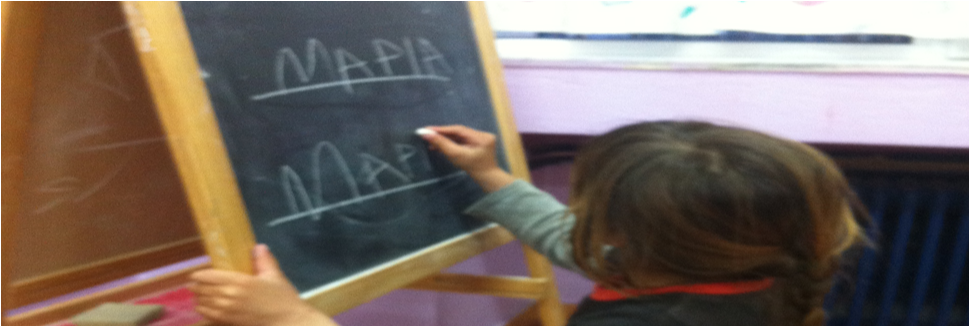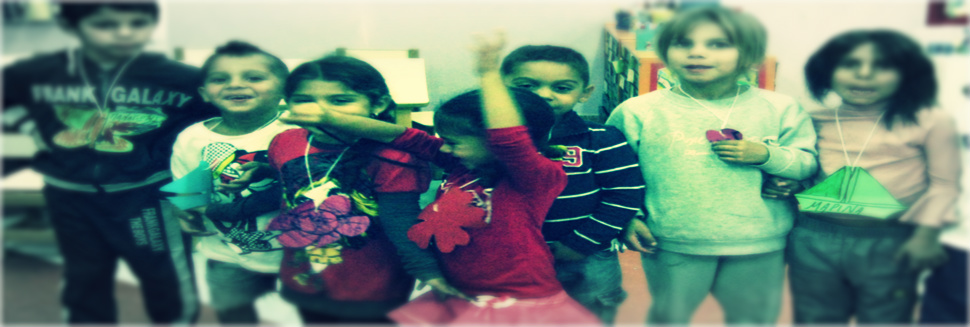Evaluation
A. EVALUATION CHARACTERISTICS
-Evaluation is a key step in the teaching processes.
-The main purpose of the evaluation is to get feedback in order to improve teaching.
-Evaluation is ongoing, integrated in the daily process and is based on an overall assessment of the program. The evaluation shall take into account the individual characteristics of each child (the differences in the way and the pace of learning, perceptions, desires, skills, the opportunities for learning they have within the family and the social environment, their special features, etc).
B. EVALUATION CHARACTERISTICS
The teacher systematically monitors the child throughout the year.
-Initially the teacher keeps records of: the level of knowledge, the skills, the experiences and interests of the child (initial or diagnostic assessment) and tries to “adjust” the learning processes.
-Then the teacher monitors the progress of each child in reference to the perceptions, attitudes, values and skills acquired at school. The aim is to obtain the necessary information for designing the appropriate interventions.
-Finally, the overall objectives of the program are assessed. Essentially, the results of the learning process is compared with the development and socialization of each child (individually and group wise).
C. EVALUATION TECHNIQUES
The evaluation techniques should be appropriate for the age, learning needs and experiences of children.
-The teacher observes and records information that is important and related to the development, learning and socialization of the children.
-The teacher assists all children, accepts “uses” the differences between each child, not only to evaluate what can each child do individually, but also what can it do in cooperation with other children and with the teacher’s support.
-Traditional evaluation techniques are not adopted in Pre-school. Alternative methods are used : A. The course and results of work plans B. The group's evaluation by children-collectively C. The work folder/portfolio of each child.
The work folder/portfolio
-The work folder/portfolio of each child is a record of the child's learning progress.
-It includes material that reveals the child’s interests, thoughts, what it has learne, etc.
-The portfolio should contain work samples that are original works of children (e.g. drawings, paintings, crafts, writing samples, etc).
-It should also contain photographs of the child's participation in activities, tape recordings of the children's narrations etc.
-The material should be organized chronologically and by category and compared the to recent work of children with their previous ones.
-The evaluation should not include pre-planned evaluation worksheets.
D. EVALUATION FOLDER
-The results of the evaluation (recordings, occasional notes/comments of the teacher) together with the portfolio, make up for the child’s evaluation folder.
-The folder should be accessible to the parents. The teacher should regularly inform the parents about the overall progress of their child.
-Significant decisions and conclusions regarding the level and progress of children should be also based on other information sources, such as parents, other teachers and specialists.


















